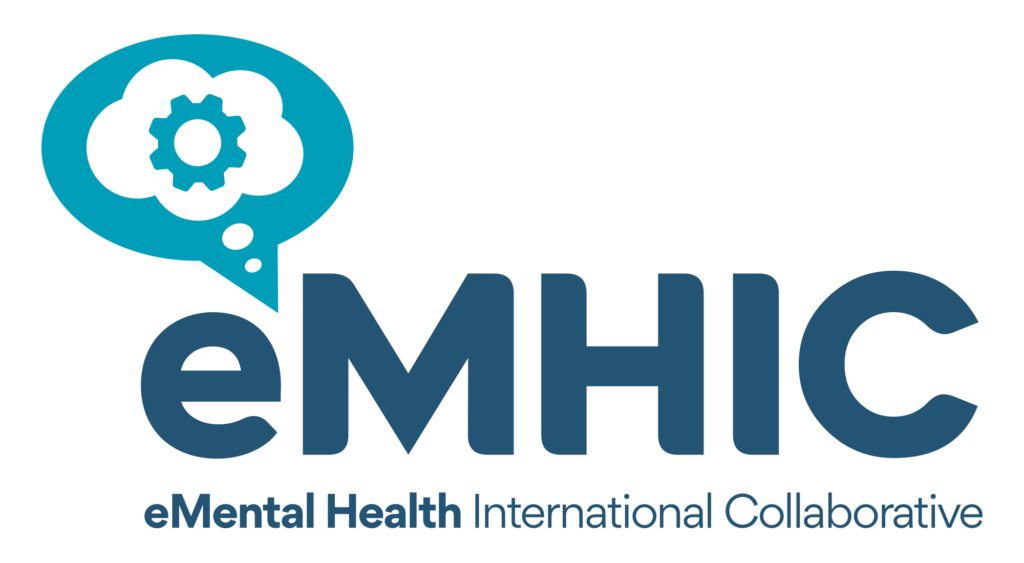Anna Feigenbaum, Bournemouth University & Ozlem Demirkol Tonnesen, University of Southampton
It’s no secret that online misinformation has been a big problem throughout the pandemic. Of course, health misinformation isn’t exclusive to COVID – it’s a challenge we faced well before the pandemic, exacerbated by the global shift into the digital age.
But perhaps you find yourself wondering how what you post on social media can help to combat health misinformation, and how you can share accurate health information in a way that’s going to stick.
In our research during the pandemic, we’ve explored what kinds of strategies are most effective. Here are four.
1. Forewarning
A powerful technique for challenging misinformation and disinformation is the “forewarning” approach, also sometimes called “pre-bunking” or “inoculation”. The latter term borrows from medicine, meaning to protect someone from a negative outcome by giving them some experience of it.
As First Draft News, a project which aims to fight misinformation and disinformation online, puts it:
Much like vaccines train your immune response against a virus, knowing more about misinformation can help you dismiss it when you see it.
This technique provides a warning label or message to describe the kind of false information a person is likely to hear. It works best with audiences that are emotionally invested in the topic.
As an example, this video by @drstellac uses a popular TikTok format to draw attention to some of the red flags that audiences may encounter in promotional materials for health products. Combining key techniques (pointing to text, selfie video, trending audio or songs) with the forewarning approach shows how content styles that are popular on social media can be used to make scientific information more palatable and interesting.
Using this format you can work with health experts or draw from verified information sources to educate viewers about how to recognise and scrutinise bogus scientific claims.
2. The ‘fact wrap’
Another inoculation technique is the “fact wrap”. Myth busting has long been used to combat misinformation, well before social media began to saturate our day-to-day lives. But recent research has shown that rather than presenting a myth and then busting it – as the traditional format goes – what works better is to present a fact, then the myth, and then a rehash of the fact, adding more detail.
Here @laurenpcrna uses the fact wrap technique by first providing factual information about the COVID vaccine approval for children aged five to 11 and introducing a paediatric emergency physician as the source. She then reveals the myth about long-term effects of vaccines on kids and explains why it’s wrong.
This technique works by establishing the credibility of the source and drawing the attention away from the myth. The myth becomes a device to further reinforce the facts, rather than instead taking centre stage. It’s a good technique to use when dealing with potentially sensitive topics such as vaccination of children, where too much emphasis on the myth may produce strong emotional responses.
3. Visual metaphor
We looked at 3,000 public health webcomics shared on Instagram during the first year of the pandemic and found that several artists depicted COVID using visual metaphors such as a monster or villain.
The authors of a 2021 study argue that such anthropomorphic metaphors “capture the existential experiences of the self and the bestial nature of the virus”. By depicting the virus as monster, comic stories can visually frame the “battle” against COVID as one that is collective and empowering, calling on society to fight the metaphorical beast.
This comic by @elfylandstudios in collaboration with @lifeologyapp features COVID personified as a monster to illustrate the virus’ characteristics and behaviour for young audiences. Here, reimagining an abstract concept using familiar cartoon styles helps to translate complex health information using a more recognisable visual language.
In the caption accompanying the post, artist Elfy Chiang explains that she made the comic in collaboration with experts in virology “to help adults talk to little kids about the pandemic and help them make sense of the changes in our daily lives”.
This method is particularly useful for communicating with children and young people, though it can work across all ages. If you’re not the artistic type, remember that stick figures and a strong message are all you need. You can also use photos or a comics generator instead of drawing.
4. Inner worlds
Another powerful strategy is the use of “inner worlds”, referring to our thoughts, feelings, memories, values and desires that are not usually known to others. This tool can humanise difficult experiences, create empathy and provide insight into people’s motivations, fears and beliefs.
In these two examples, @jassevangelista and @flimsy_kitten, on TikTok and Instagram respectively, aim to raise mental health awareness by revealing the inner worlds of people struggling with depression. Depicting how people with depression experience everyday life can foster empathy and help others who may identify with them to find comfort in the fact that they’re not alone.
Ultimately, in these examples, the content creators build a connection with the audience by communicating health information in a personal and intimate way.
This article is republished from The Conversation under a Creative Commons license. Click here to read the original article.
![]()
